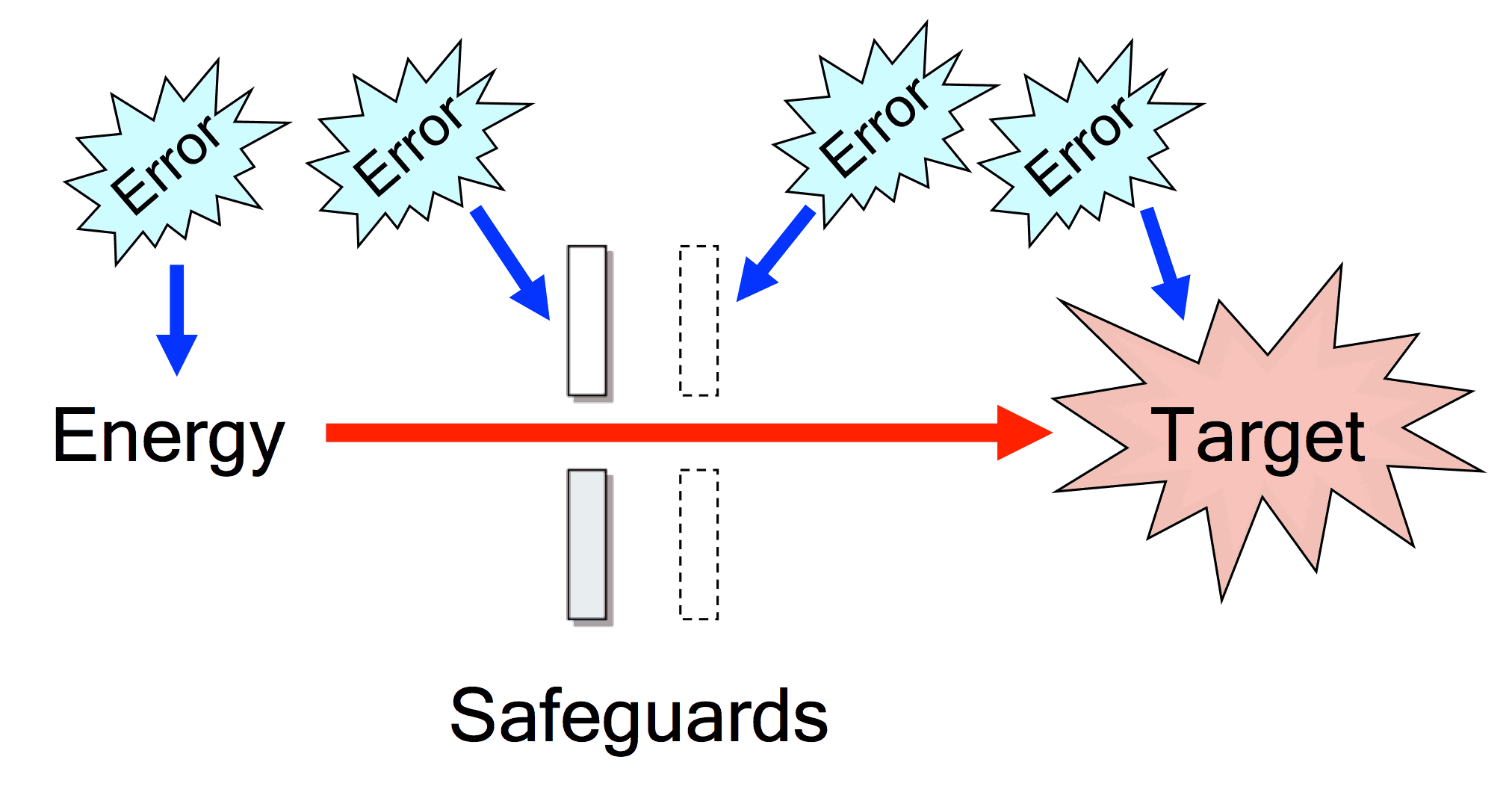What is a Causal Factor?

The term “Causal Factor” came from the System Safety Development Center in Idaho Falls, Idaho. It was part of an investigation tool called “Events and Causal Factors Charting.” We got permission to use the tool and the original documentation in 1988 as part of the original version of TapRooT®. But as time went on, we simplified and modified the tool and eventually renamed it “SnapCharT®.” When we did that, we decided we needed to define a “Causal Factor.” Our definition is:
Causal Factor:
A mistake, error, or failure that directly leads to
(or causes) an Incident (the circle on the SnapCharT®) or
fails to mitigate the consequences of the original error.
How to Find a Causal Factor
Our Causal Factor definition has served us well but, over the years, we have taught several different methods of identifying Causal Factors. These methods include:
- Direct observation
- The “so what” method
- Safeguard Analysis
- The three-question method
But in 2020 we will start teaching a new method to find Causal Factors. What is it? A set of questions to ask depending on the type of incident you are investigating.
Causal Factor Worksheets
What type of question sets (worksheets) did we develop?
- One for Equipment Failure-related Incidents
- One for Patient Safety-related Incidents
- One for Quality-related Incidents
- One for Safety-related Incidents
If you have an incident that doesn’t fit one of these categories, you can:
- Go back to the Three Question Method
- Use the check sheet or sheets that most closely match your Incident.
- Develop a custom check sheet based on the other sheets and the Three Question Method
But we have found that the Causal Factor Worksheets are very effective for identifying Causal factors for both new TapRooT® Users and experienced TapRooT® Investigators.
Safety Causal Factor Worksheet
What does a Causal Factor Worksheet look like? Here is a draft of the Safety Causal Factor Worksheet:

Learn More About Causal Factor Worksheets
Attend the:
- 2-Day TapRooT® Root Cause Analysis Training, or the
- 5-Day TapRooT® Advanced Root Cause Analysis Team Leader Training, or the
- 2-Day Equifactor® Equipment Troubleshooting and TapRooT® Root Cause Analysis Course.
See the upcoming public course dates here.
Or CONTACT US to schedule a course at your site.
Note: The Safety Causal Factor Worksheet above is copyrighted material and is used here by permission. Duplication is prohibited.




Whether it is a JSA, or PSM function there is a plan for the procedure and one step can Injure or Kill.
Example: in the late 60’s/ early 70’s a military person was tasked to DISARM an Ejection seat.
He missed one step on the checklist; because he was either not listening or was working by himself. It was the most serious form of injury you could survive. A metal cartridge housing, attached to a small drogue chute, attached to the main parachute was deployed while he was directly over the assembly. The injured person sustained a permanent disfiguration.
For me it was a formal Learned From Incident Lesson; I had to preform similar tasks daily.
Keith,
Definitely agree on the one step can kill you. As an ex-air force fuels mechanic, I know the F-4 ejection seat was notorious for safe’ing issues. Could have used not just procedural issues but also human engineering redesign solutions.
The problem is whether a JSA or PSM was required on site and just used as a memory jogger or if the steps were written and required to be read while doing the job.
What’s the meaning of NI?
Hi Andrew,
In our process, NI is defined as needs improvement.
Great refresher on what a “causal factor is!”
We are getting all the RCA incident reports from our projects here in our HQ and from what I see, many investigators (TapRooT trained) struggle with the correct identification of causal factors.
This in turn leads to the development of ineffective corrective actions, or corrective actions that have no relevance to the real cause. Identifying the correct causal factor is key to an effective root cause analysis and investigation.
My two cents…
That’s why we developed the Causal Factor Worksheets. We will be highlighting them at the Summit.